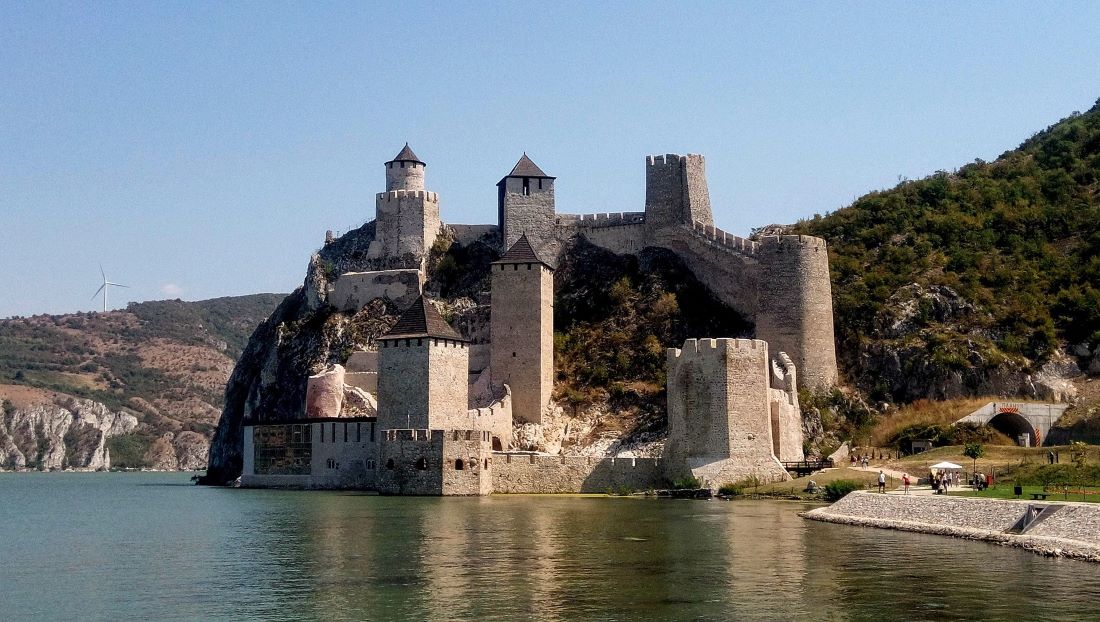Exploring Serbia’s medieval castles offers a deep dive into the country’s vibrant history, showcasing a wealth of fortresses and castles from this era. Unfortunately, the tumultuous past has destroyed many of these historical structures, leaving only a handful to bear witness to those bygone days. In this article, we present our selection of the five best-preserved and most fascinating medieval castles, according to our criteria. It’s important to note that we’ve chosen not to differentiate between a castle and a fortress. Our guide aims to highlight these monumental relics, inviting you to explore the remnants of Serbia’s storied past.
Golubac Castle
Standing majestically at the entrance of the Iron Gates gorge on the Danube River, Golubac Castle is one of Serbia’s medieval gems. This 14th-century fortress served as a strategic linchpin, guarding the river passage against countless invasions. Its strategic location made it the subject of many battles, especially between the Ottoman Empire and the Kingdom of Hungary.
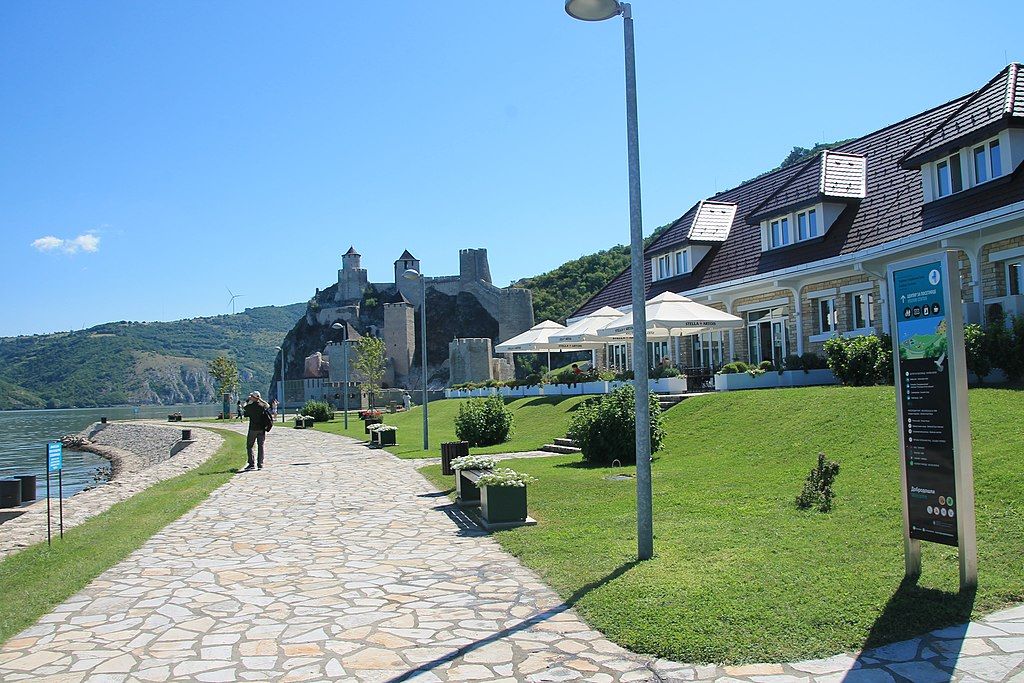
Today, Golubac Castle has been restored and opened to the public, offering visitors a glimpse into its storied past through its ten imposing towers and formidable defensive walls. The site not only narrates a rich history but also offers breathtaking views of the Danube, making it a must-visit landmark for history buffs and nature lovers alike.
Manasija Monastery and Its Fortress
A spiritual sanctuary and a defensive stronghold, Manasija Monastery, also known as Resava Monastery, is a significant cultural and historical site nestled in the serene landscapes of eastern Serbia. Founded by Despot Stefan Lazarević in the early 15th century, this fortified monastery is a masterpiece of medieval Serbian architecture and one of the most important monuments of Serbian medieval culture. Surrounded by robust defensive walls and 11 towers designed to protect the monastery from invasion, Manasija stands as a testament to the region’s tumultuous history and its rich spiritual and cultural life.
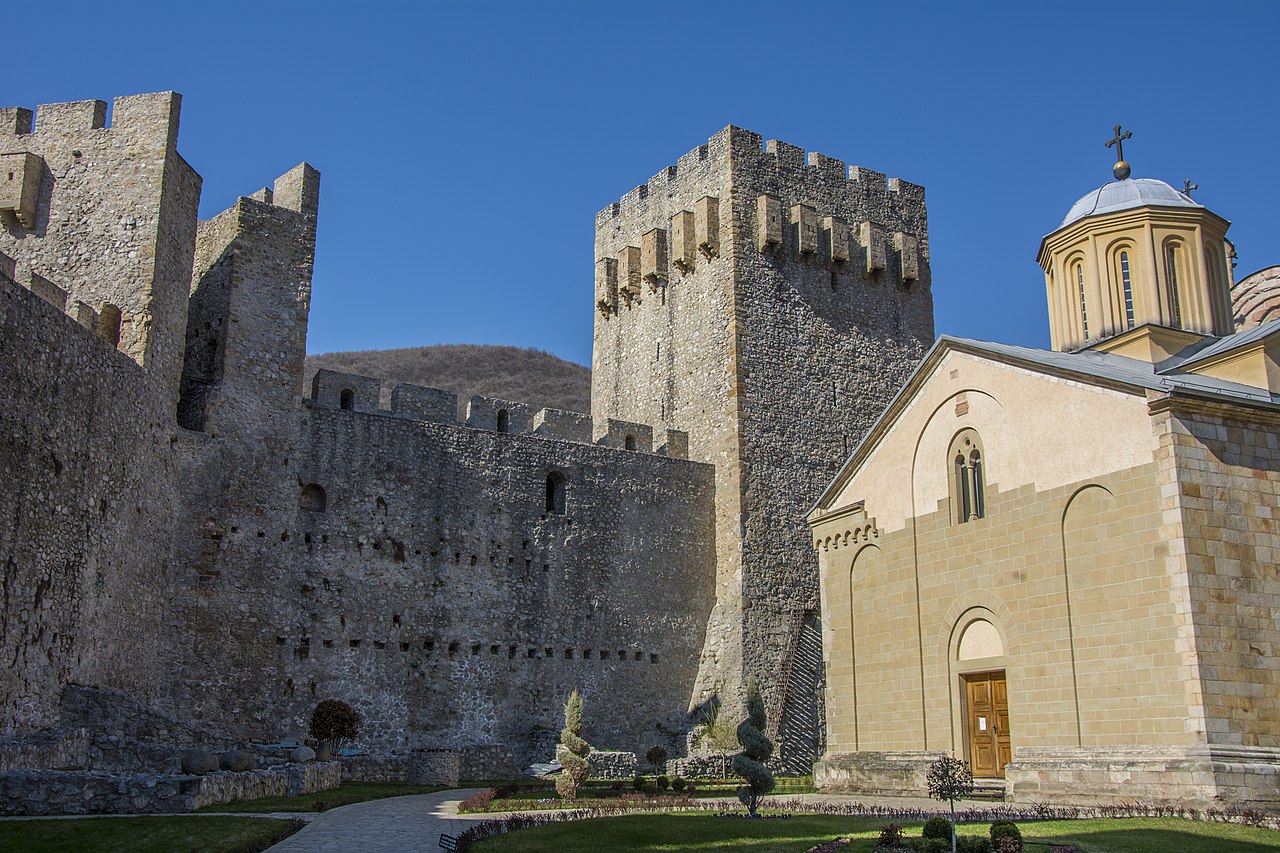
The complex is renowned for its remarkable frescoes and the Resava scriptorium, where some of the most important Serbian medieval manuscripts were copied and preserved. Today, Manasija Monastery attracts visitors not only for its spiritual significance but also for its architectural beauty and historical importance, offering a unique glimpse into Serbia’s medieval past.
Maglič Fortress
Perched atop a hill overlooking the Ibar River, Maglič Fortress is one of Serbia’s most impressive medieval fortifications. Believed to have been constructed in the 13th century, its name, meaning “foggy” in Serbian, aptly describes the mystical ambiance that often surrounds this historic site.
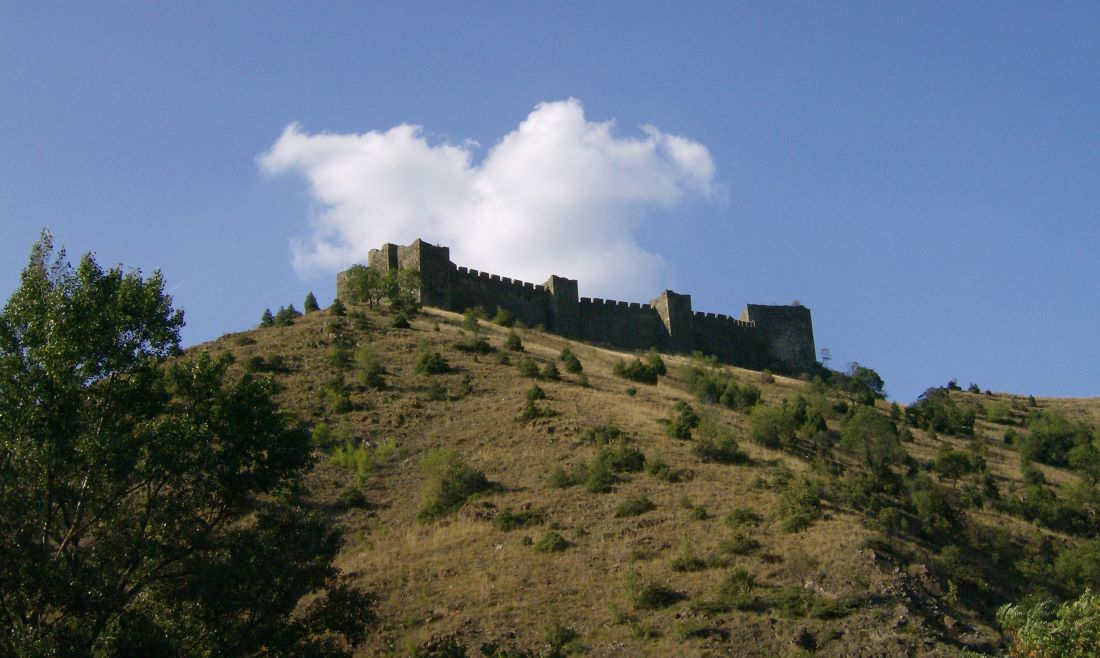
The fortress’s seven massive towers and imposing walls have bravely withstood the test of time and invasions. Today, the fortress stands as a silent witness to centuries of history, inviting visitors to explore its ruins and soak in the panoramic views of the Ibar River valley.
Smederevo Fortress
Smederevo Fortress, sprawling along the banks of the Danube River, stands as one of the largest medieval fortifications in Europe. Built-in the early 15th century as the capital of Serbia under Despot Đurađ Branković, it was a grandiose symbol of power and a last bastion against Ottoman expansion for many years. The fortress is distinguished by its impressive size, encompassing a vast area with a unique triangular layout, high walls, and over 25 towers, designed to withstand prolonged sieges and attacks.
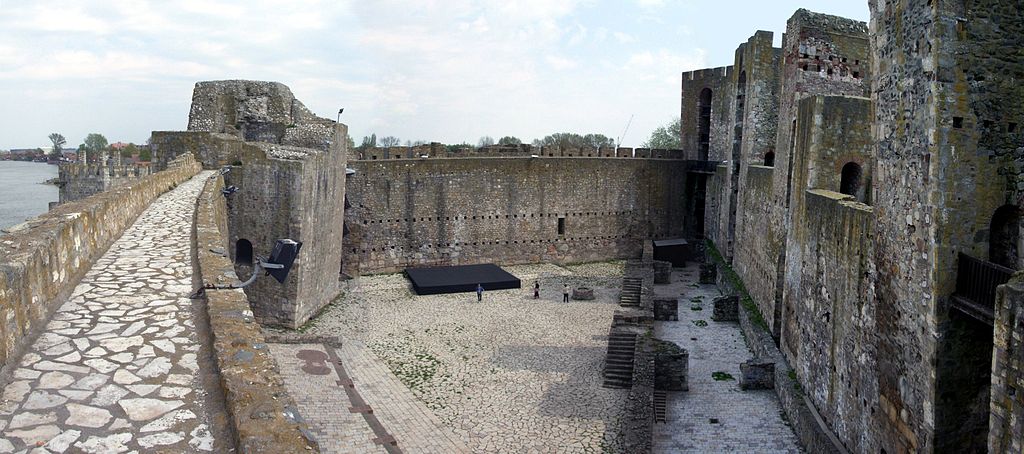
This architectural marvel not only served as a significant military stronghold but also as a thriving cultural and commercial center during the medieval period. Today, Smederevo Fortress invites visitors to wander through its expansive grounds, where history seems to whisper through the remnants of its walls and towers. Its location by the Danube also offers picturesque views, making it a cherished landmark for both its historical significance and natural beauty.
Belgrade Fortress
Belgrade Fortress stands majestically at the confluence of the River Sava and the Danube, embodying the historical and cultural essence of Serbia’s capital. This formidable fortress, with origins dating back to the 3rd century, has been built and rebuilt over centuries, bearing witness to the turbulent history of Belgrade. Its strategic importance is evident in its position, offering commanding views of the two rivers, making it a key military and trading post through various epochs.
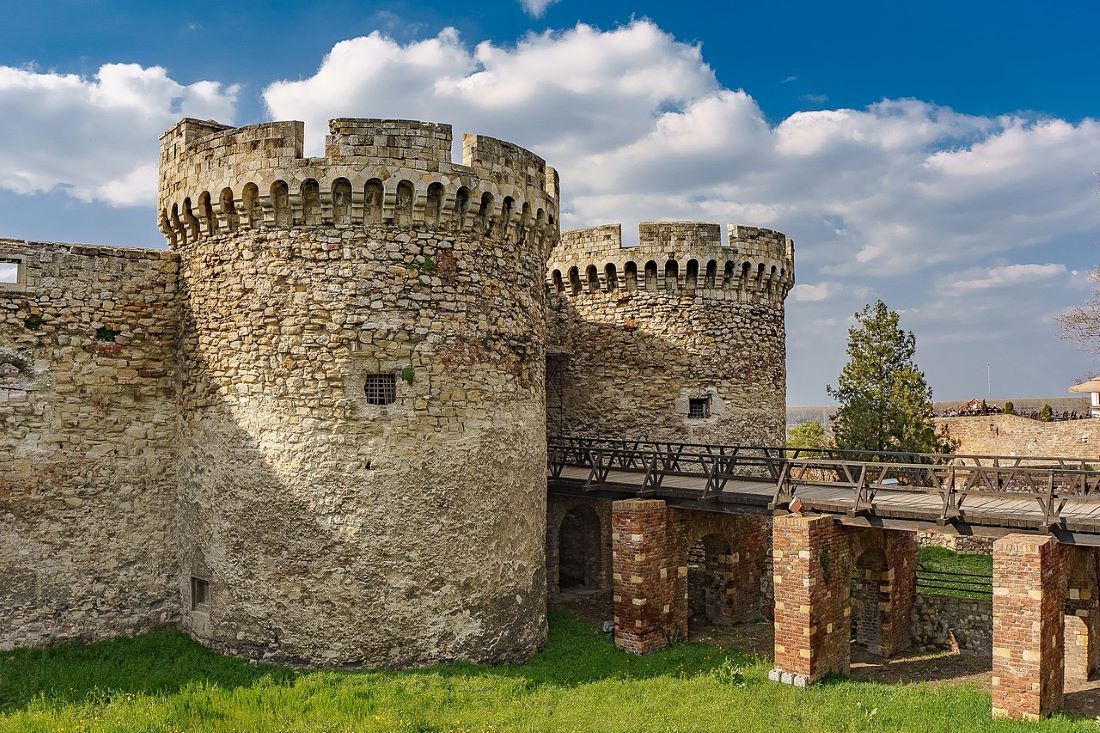
Today, the fortress is a vibrant cultural and recreational center, encapsulating Kalemegdan Park, museums, and historical sites within its expansive grounds. Visitors can stroll along its ancient walls, explore the remnants of Roman, Byzantine, Ottoman, and Austrian architecture, and immerse themselves in the layers of history that have shaped this unique city.
Historical Challenge: Can You Conquer the Past?
Answer more than 18 questions correctly, and you will win a copy of History Chronicles Magazine Vol 1! Take our interactive history quiz now and put your knowledge to the test!

